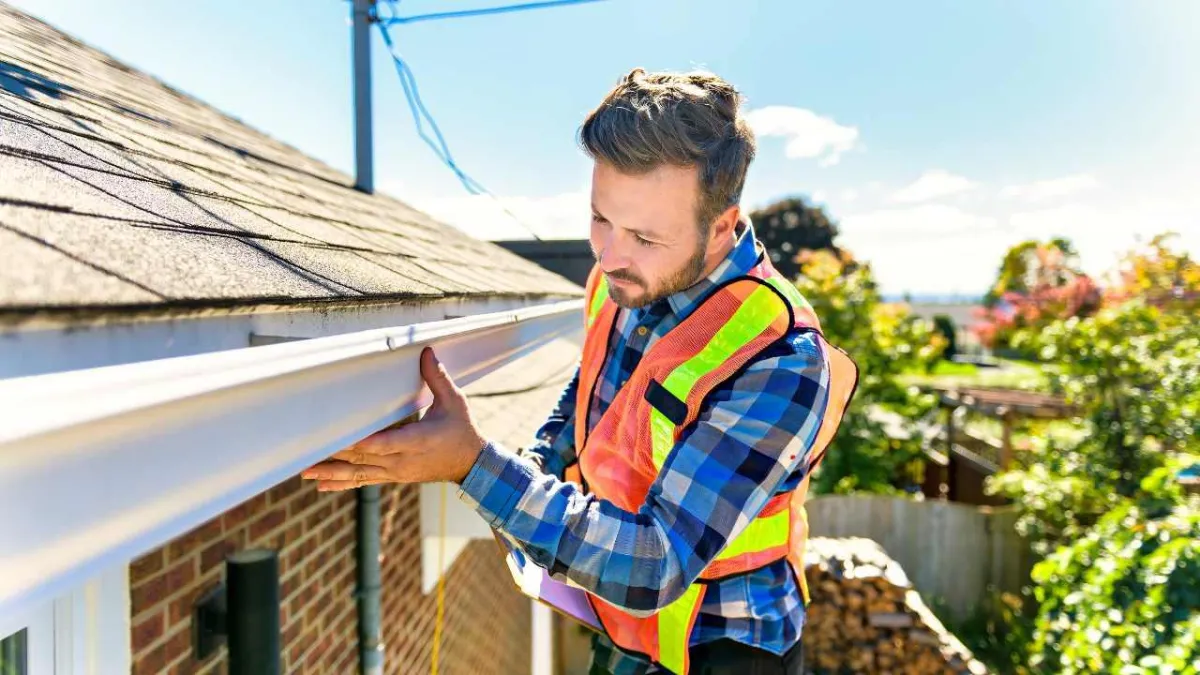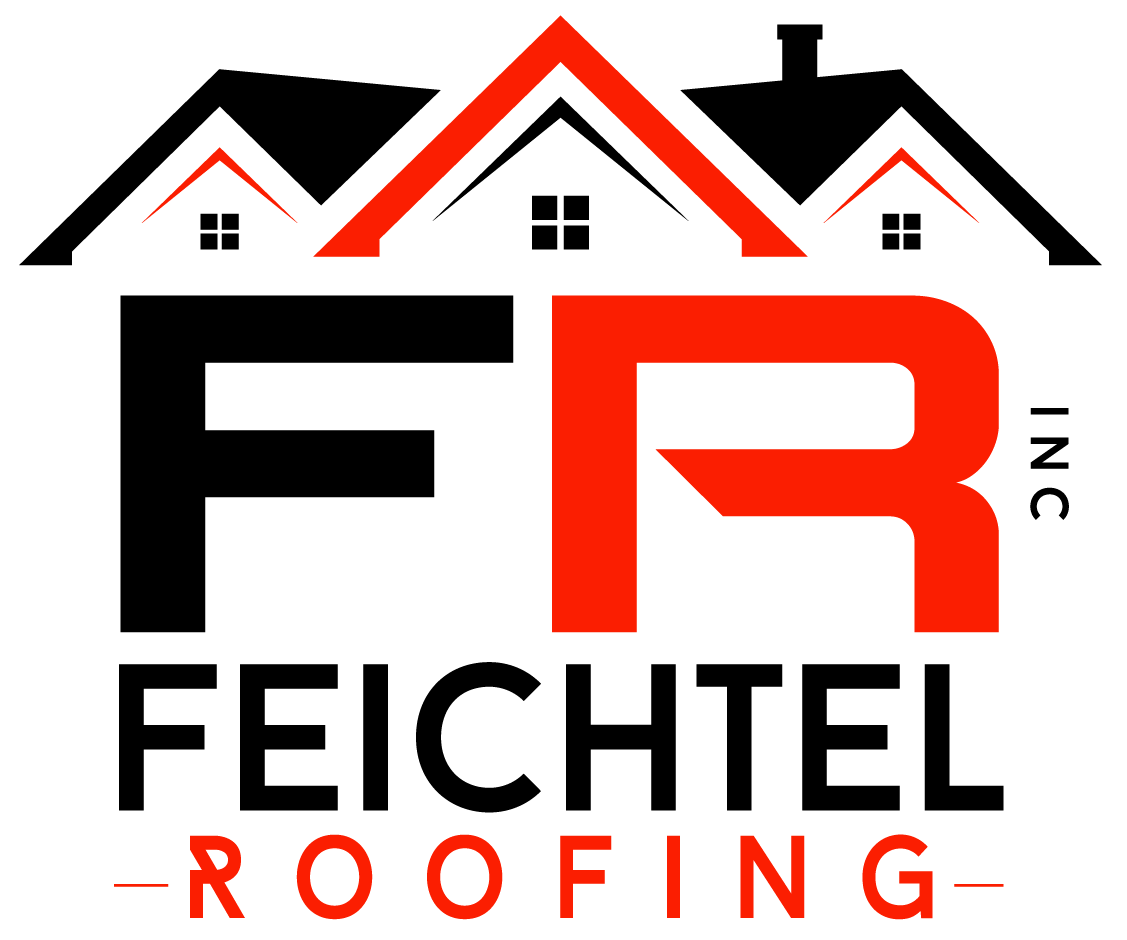
What to Expect During a Roof Inspection
Whether you're buying a home, recovering from a storm, or simply staying ahead of maintenance, a roof inspection is a smart move. But if you're not sure what actually happens during one, you're not alone. The good news? A professional roof inspection is far less intimidating than it sounds—and far more valuable than you might think.
In this article, we’ll walk you through what to expect, what inspectors look for, and why regular inspections can save you thousands in future repairs.
Why Roof Inspections Matter
Your roof isn’t just shingles and nails—it’s your home’s first line of defense against the elements. Over time, even the most well-built roofs can develop issues due to age, weather, or poor workmanship. Catching problems early can mean the difference between a simple fix and a full-blown replacement.
Inspections help:
Spot hidden water damage
Identify worn or missing shingles
Uncover ventilation or insulation issues
Detect sagging or weak spots
Validate warranties or prepare for home sales
Step-by-Step: What Happens During an Inspection
When a certified roofing professional arrives, they’ll typically follow a process that covers both exterior and interior assessments. Here’s a breakdown:
1. Exterior Roof Check
The inspector will begin by walking around your home to visually assess the roof's condition from the ground.
Next, they’ll climb onto the roof (weather permitting) to check for cracked, curling, or missing shingles, nail pops, soft spots, and flashing damage.
They'll also evaluate the chimney, skylights, vents, and gutters for signs of wear, blockages, or deterioration.
2. Interior Inspection
If accessible, the attic or upper crawlspace is inspected for signs of leaks, mold, water stains, or structural damage.
Proper insulation and ventilation are also checked, which can significantly impact your roof’s lifespan and your home’s energy efficiency.
3. Detailed Report & Recommendations
After the inspection, you'll receive a report detailing the current condition of your roof.
This often includes photos, repair suggestions, and a timeline of when action should be taken (immediate vs. future maintenance).
A trustworthy roofing contractor will clearly explain findings and help you prioritize next steps.
How Often Should You Get a Roof Inspection?
Here’s a simple rule of thumb:
Annually: Once a year, ideally in spring or fall.
After Severe Weather: Strong winds, hail, or hurricanes can cause damage not always visible from the ground.
Before Selling or Buying a Home: Ensures transparency and avoids surprises during negotiation.
If Your Roof Is 10+ Years Old: More frequent inspections help manage aging materials.
Case Study: A Quick Inspection That Prevented Major Repairs
A homeowner in Lakeland scheduled a roof inspection after noticing minor ceiling discoloration. The inspector found a small but active leak caused by lifted flashing around a vent pipe. Because the issue was caught early, it was fixed with a simple patch. Left untreated, it could’ve led to rotted decking and extensive interior damage. The entire repair cost under $400—much less than a potential $5,000+ fix later on.
Choose a Roofing Contractor You Can Trust
A professional inspection should never feel like a sales pitch. Instead, it should give you peace of mind—and a clear plan. If you’re looking for a roofing contractor Lakeland FL locals trust, consider Feichtel Roofing of Lakeland. Their experienced team specializes in honest assessments and quality residential roof repairs, helping homeowners protect what matters most.
Ready for an Inspection?
Don’t wait for visible damage to take action. Schedule a roof inspection today to stay ahead of costly surprises and keep your home safe year-round.

